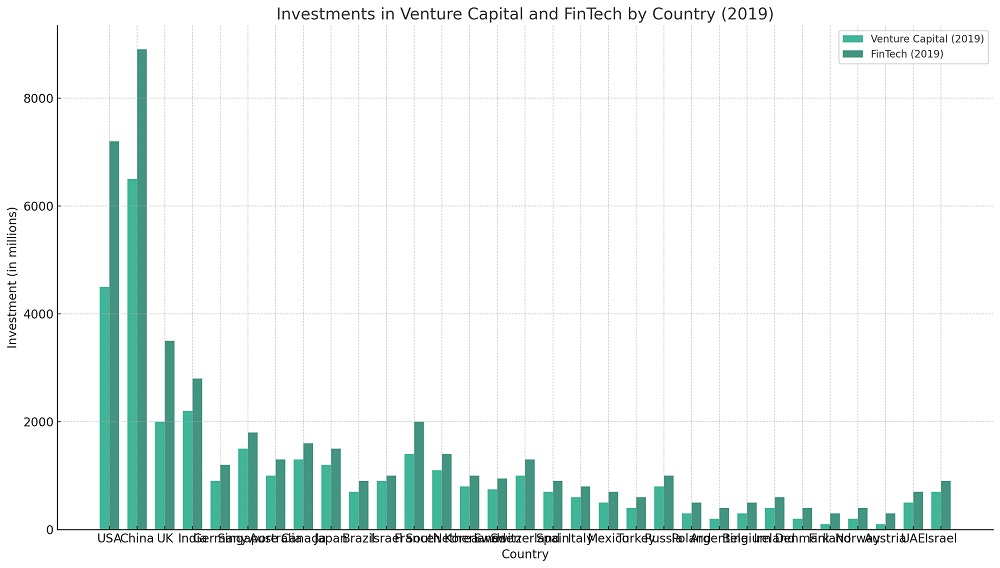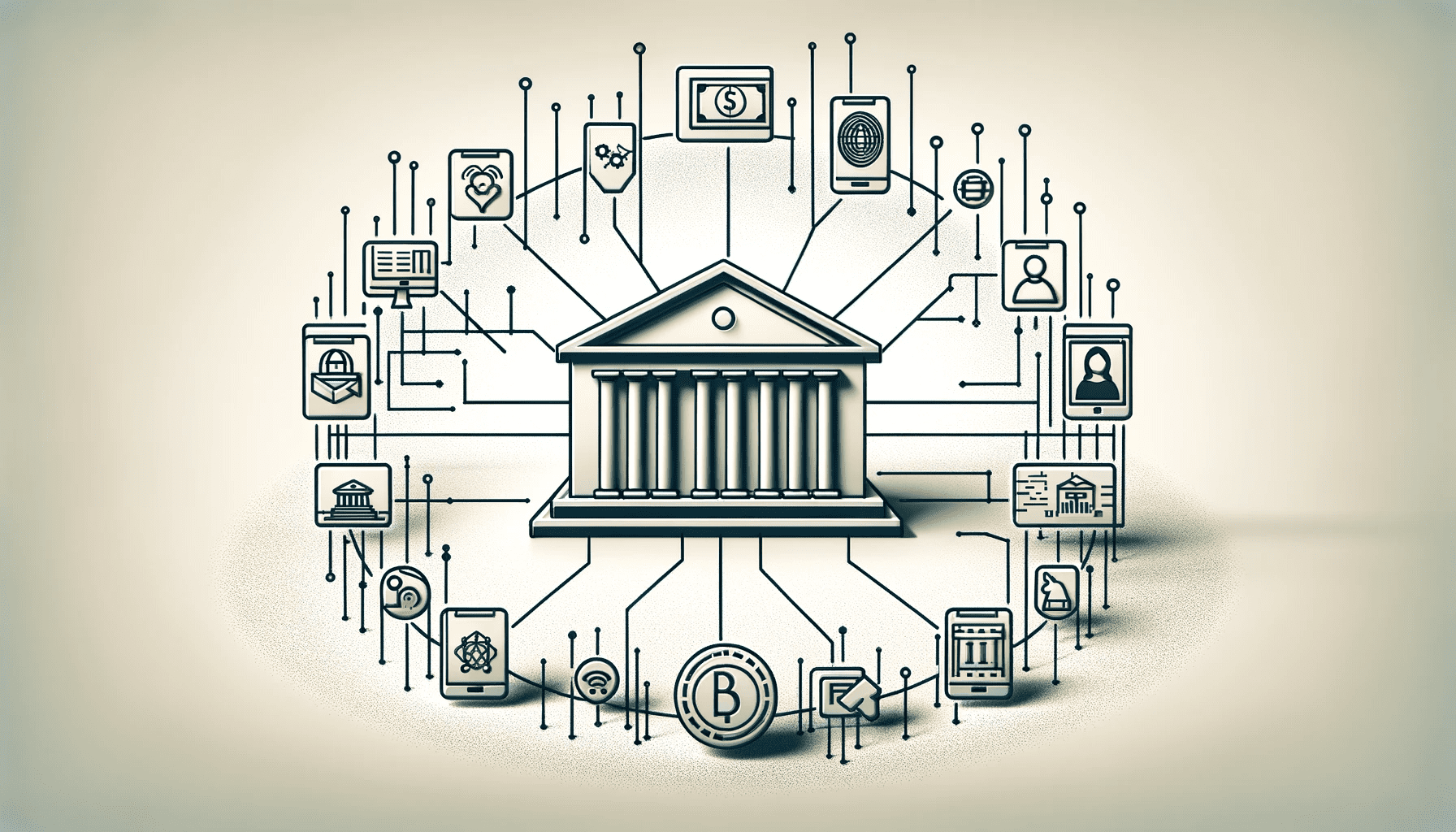The new digital innovations in banking and financial services
The banking sector is constantly evolving, new technology is continuously being introduced into banking systems and leaders in the banking industry are continuing to implement ground-breaking financial products and services. There has been strategic investment in recent banking innovations through crowdsourcing, piloting, collaborations and partnering to develop revolutionary banking solutions. With the ever-changing banking sector new regulations and revised banking standards have been developed. Digital-only banking is perhaps the most significant change that has happened in the financial industry in the last few years.
Recent innovations in online banking
Public buying behavior and modes of payment have changed dramatically over the past decade, and they are rapidly phasing out paper-based and cash dependencies, and moving to online, mobile and internet business. Banks and financial institutions are reacting by providing a wide range of appropriate new features and facilities. This new ‘cashless economy’ now works electronically using the internet as a gateway. Account owners can manage most aspects of their accounts over the internet, rather than having to visit a ‘bricks-and-mortar’ local branch or speaking to someone the telephone.
- Digital Wallets
Digital wallets, an innovation in online banking, have grown in popularity over the past few years. These services enable users to store their payment card information on their mobile devices and pay at point-of-sale terminals using their mobile devices. Digital wallets provide a more convenient and secure method of payment, and many banks now provide their own digital wallet solutions.
- Personal Financial Management (PFM) Tools
Utilizing Personal Financial Management (PFM) tools is another example of innovation in online banking. These online banking services enable users to better manage their finances. They provide numerous features, such as budgeting tools, expense tracking, and investment management. PFM tools provide users with an all-encompassing view of their financial situation, enabling them to make better financial decisions.
- Biometric Verification
Biometric authentication is another innovation that is becoming increasingly prevalent in online banking. These technologies provide a more secure method of logging into bank accounts, as they require a distinct physical trait to access the account. Biometric authentication can also simplify the login process, as users no longer need to remember complicated passwords.
- Digital banking extends all of the online features offered by regular banks to include the activities undertaken by the business world directly, like booking travel tickets and purchasing a product or service online – everything that falls under the heading of ‘e-commerce’.
- Smartphone applications – AKA mobile banking – adds a lot of scope in the virtual banking space and encompasses transactions through mobile wallets, digital payment modes, prepaid debit cards etc. These are easier to design, build and sell, which means that they are more flexible, offer a wider range of features, and are generally cheaper than traditional computer-based applications. There are many mobile apps which offer safe and secure transactions and many financial institutions are committed to further development of cutting-edge services.
New banking technology innovations
Allowing a customer access to full banking services in real time, through any channel they choose is one of the results coming out of EU legislation known as the second Payment Services Directive (PSD2). Whether it’s from an online terminal in a bank branch, an ATM, a voice call or online it allows customers the freedom of choice to access their accounts whenever and from wherever they choose.
Traditional banks are spending vast amounts of money to develop new systems and features so that they can keep up with the rapidly changing demands of their customers. As well, the institutions are looking for ways to streamline their own operations, improve performance and reduce overheads – any bank that fails to do this will quickly lose out in the face of competition both from traditional banks and from the new fintech players.
Completely ‘digital only’ financial institutions also provide customers with seamless access to the whole range of activity, even though these banks do not compete with traditional banks in regular business fields such as credit, overdrafts, mortgages and so on. They can generally offer several distinct advantages over brick-and-mortar banks in the form of reduced costs, user friendly interfaces, wider range of features and easy account openings.
Retail banking innovation 2024
Retail banking, also known as consumer banking or personal banking, refers to the banking services that are provided to individual consumers, as opposed to businesses or other organizations. Retail banking innovation refers to the development and implementation of new ideas, technologies, and approaches in the retail banking sector.
Some examples of retail banking innovation include:
- Mobile banking: Many banks now offer mobile banking apps that allow customers to manage their accounts, make payments, and conduct other banking tasks using their smartphones.
- Online banking: Many banks now offer online banking platforms that allow customers to manage their accounts and conduct other banking tasks using their computers or other devices.
- Virtual assistants: Some banks are using artificial intelligence (AI) and chatbot technology to provide customers with personalized assistance and support through virtual assistants.
- Contactless payment systems: Many banks now offer contactless payment systems, such as near field communication (NFC) and QR code scanners, that allow customers to make payments using their mobile devices or smartwatches.
- Personal financial management tools: Some banks are offering personal financial management tools that help customers track and manage their spending, create budgets, and achieve their financial goals.
Overall, the goal of retail banking innovation is to improve the customer experience and make banking more convenient, efficient, and secure for consumers
Digital banking innovation ideas 2024
There are many potential ideas for digital banking innovation, including:
- Mobile banking apps that allow customers to manage their accounts, make payments, and transfer money on the go.
- Integration with popular payment platforms such as Apple Pay, Google Pay, and PayPal.
- Use of artificial intelligence and machine learning to improve customer service, such as through chatbots that can answer common questions and provide personalized recommendations.
- Implementation of biometric authentication methods, such as facial recognition or fingerprint scanning, to improve security and make it easier for customers to access their accounts.
- Offering investment and wealth management services, such as robo-advisors, to help customers grow their wealth.
- Integration with wearable devices, such as smartwatches, to enable customers to make payments and check their account balances directly from their wrists.
- Implementing blockchain technology to improve the security and efficiency of financial transactions.
- Offering virtual reality or augmented reality experiences to enhance the customer experience and make banking more interactive and engaging.
- Using data analytics to better understand customer needs and preferences, and to develop customized products and services.









